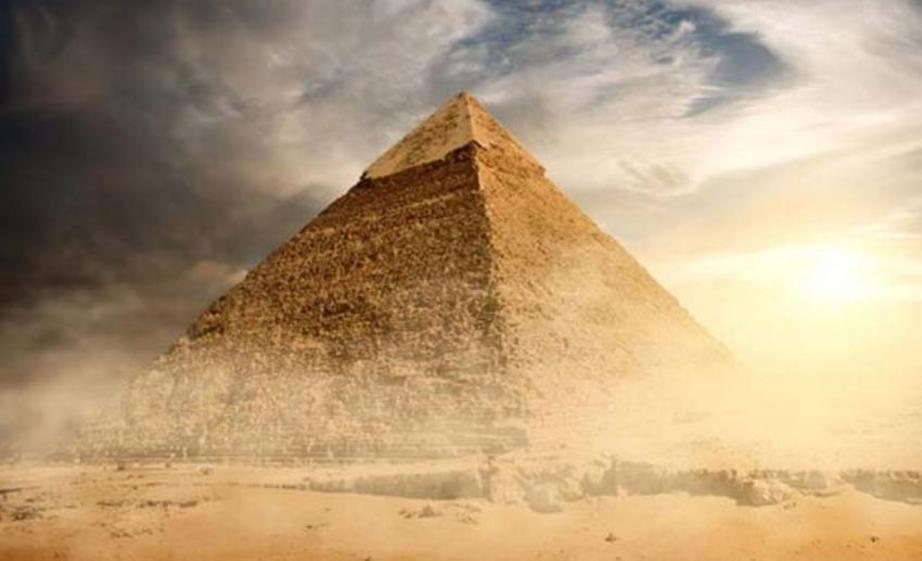Has the function of the Great Pyramid of Giza finally come to light?
About 150 years after the establishment of Egyptology as an academic field, there still appears to be no agreement between scholars on the function of the Great Pyramid of Giza. Yet several different hypotheses have been proposed. The tomb hypothesis appeared when research began on the pyramid, with a popular belief saying the primary function of the pyramid was to be the final resting place for the second ruler of the 4th dynasty - Khufu.
Other competing theories were proposed as well: the granary, the power house, heaven’s mirror, water pump, and the Orion belt, among others. Reviewing all the main hypotheses with an open mind I came to conclusion that I cannot agree with any of those, so I propose my own. Certain aspects of the hypothesis were already voiced by others but not substantiated enough. I tried to fill the gaps where needed with additional facts and evidence.
It is well known that the Great Pyramid is located at the maximum geographical center of Earth (or close to it). No proposed hypothesis tends to explain why - most tend to ignore this fact or downplay it. If the pyramid is indeed built as a tomb, how did Khufu end up picking the location for the tomb to be at, or close to, the geographical center of Earth? With the pyramid construction estimated at 20 years, is mapping and charting the planet factored into the pyramid construction time?
How long did it take Khufu to survey the planet to determine that location? Similarly, how did the granary or power house end up at the center of Earth and for what reason? All the proposed hypotheses lack an explanation for this important aspect, and beyond any doubt it is critical in understanding the function of the Great Pyramid of Giza.
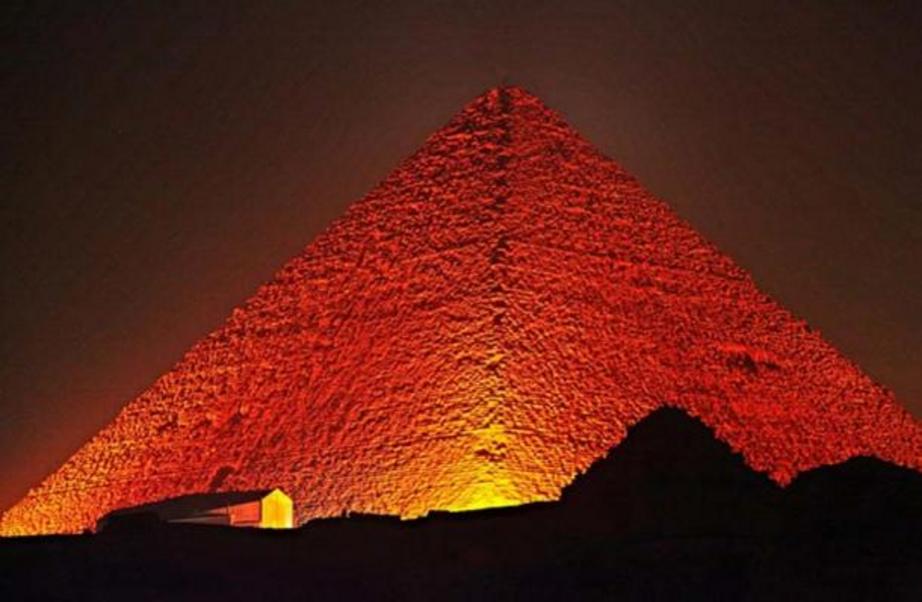
The Great Pyramid of Giza at night. Source: CC BY ND 2.0
The Pyramid as a Source of Light
Light can be created by any system if it can emit charged particles into the ionosphere. The Aurora Borealis is the phenomena caused by the same process in which where electrons created by the sun collide with air molecules to create light. So, what would it take for the Great Pyramid of Giza to create similar light?
First, let’s talk about the construction material used in the Great Pyramid of Giza. If in the ancient past someone decided to build a system to emit electrons and create light, the person would definitely face a dilemma with the choice of construction materials. To accomplish that goal, high conductivity material at high frequency is needed. Copper has excellent conductivity and we know Ancient Egyptians had it in their toolbox, though at high frequency copper would overheat and melt within a few seconds. What other materials could be used?
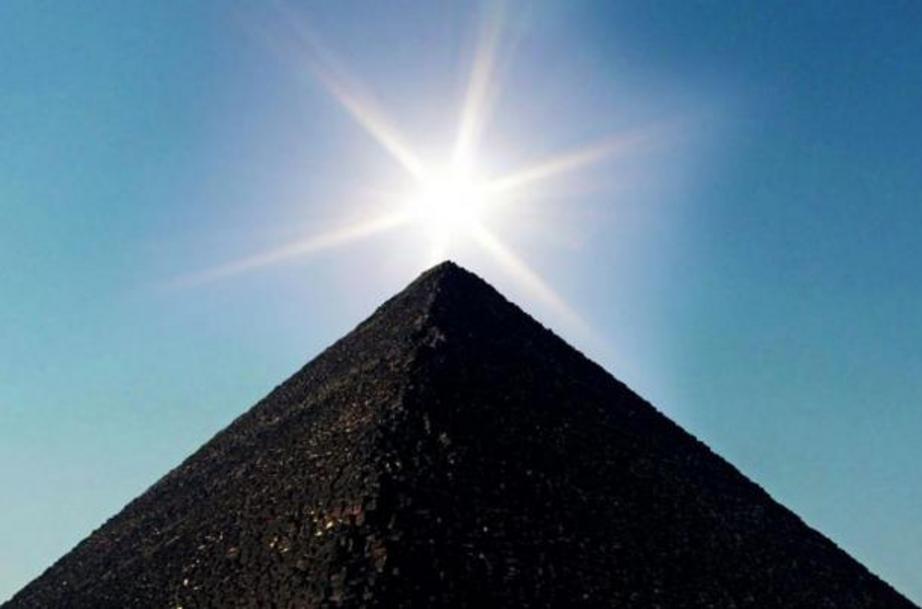
Great Pyramid of Giza in the rays of the sun. ( CC BY SA 3.0 )
Nummulitic limestone from the Abu Rawash area was analyzed by the National Research Center of Cairo. It was found its conductance improves at higher frequency - to the point where it is exceptional. If the conductivity of a material needs to be about 600 Tera Hz, in addition to structurally strong, there could not be better material than limestone.
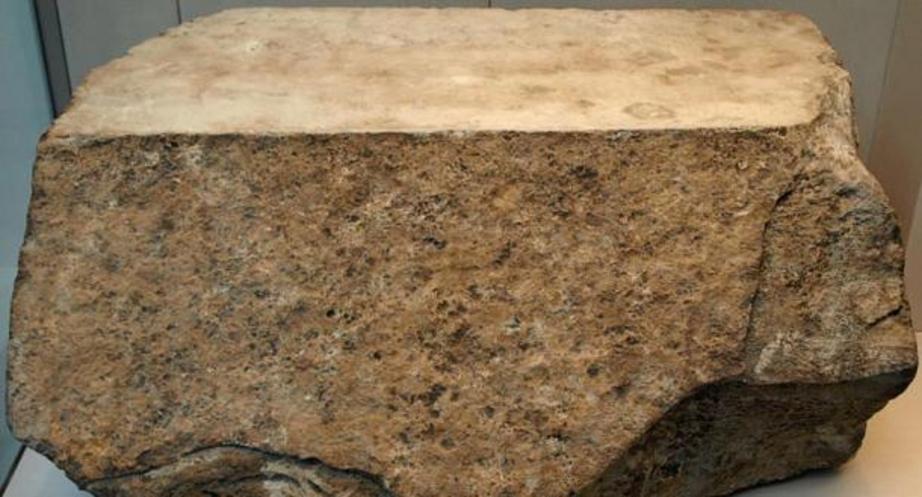
One of the original casing stones for the Great Pyramid (circa 2570 BC), most of which were removed during medieval times. This block was found in the rubble surrounding the pyramid. ( CC BY SA 3.0 )
The Great Pyramid is located at the geographical center of Earth, as noticed by Charles Smyth and reported in this book “Our Inheritance in the Great Pyramid” in 1864. The fact that the geographical center of Earth is at the location of the Great Pyramid is startling.
Now, for a structure to emit high frequency radiation (which is really light), it must be surrounded by a large land mass. This is the fundamental requirement for systems emitting electromagnetic radiation, of which any antenna design engineer is aware. If the pyramid needs to emit electromagnetic radiation on a scale of the whole planet, the maximum land mass location is ideal!
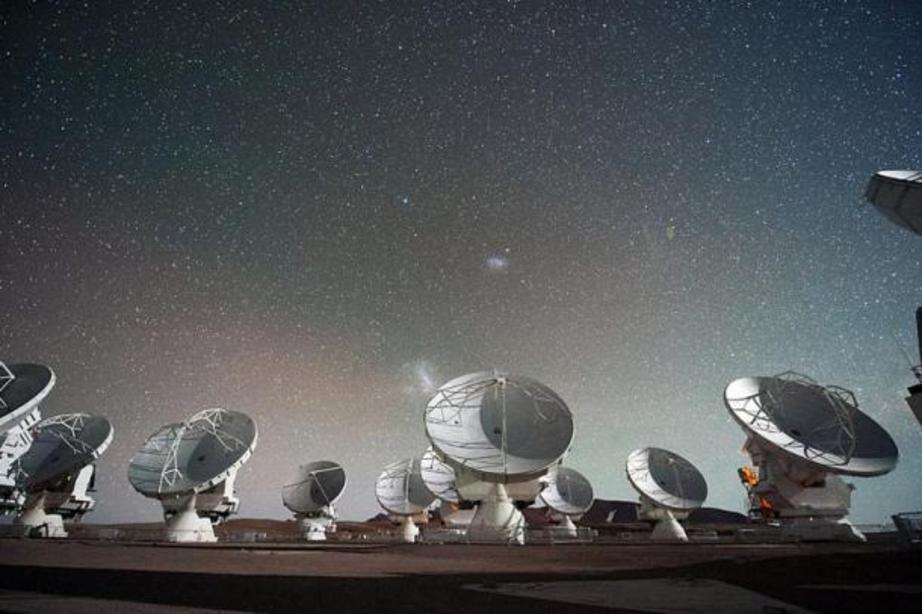
Antennas of the Atacama Large Millimeter/submillimeter Array (ALMA), on the Chajnantor Plateau in the Chilean Andes. The Large and Small Magellanic Clouds, two companion galaxies to our own Milky Way galaxy, can be seen as bright smudges in the night sky, in the centre of the photograph. (ESO/C. Malin/ CC BY 4.0 )
The electrons emitted by the pyramid need to reach the ionosphere and there is about a 100-km air gap between the peak of the pyramid and the ionosphere. The earth is a spherical capacitor, which means electrons at high frequency would propagate through the air with little impedance. Also, the ionosphere has negligible impedance, which means electrons can travel along the layer of the ionosphere to the other side of the planet with practically no restriction. However, they need to come back to the base of the pyramid to complete the closed path.
Passing through the ionosphere, the electrons would be colliding with atoms of various gasses, creating air glow similar to Aurora Borealis. The electrons travel back toward Earth from the ionosphere through elevation points of the planet.
It is interesting to note that many ancient cultures across the planet have had pyramid like structures. With the ionosphere saturated with charged particles, building a pyramid would provide a path for electrons to come back to the Earth’s surface - creating intense light glow over the structure. Reaching the surface, the electrons would return to the pyramid base through the mantle of the planet, the impedance of which is also negligible.
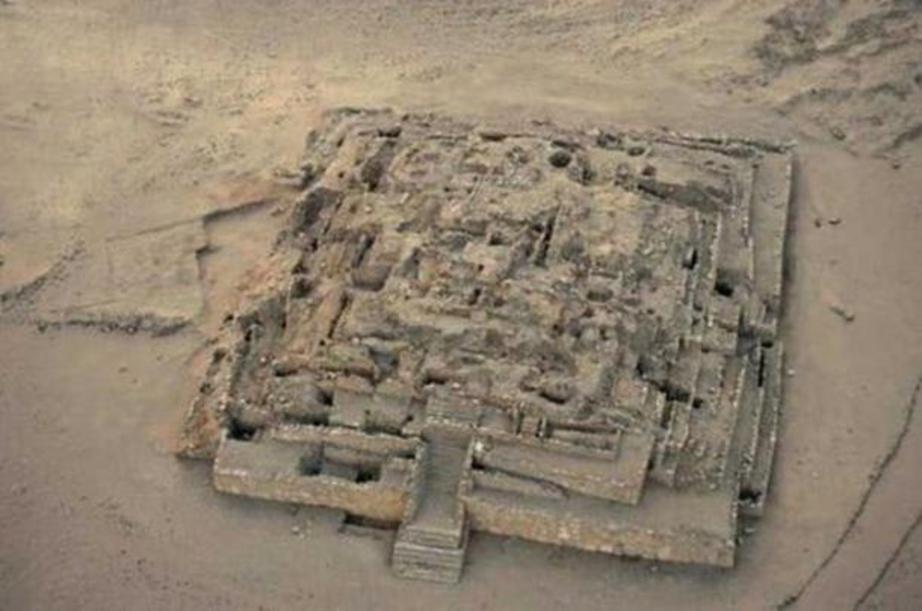
Remains of the Great Pyramid of Caral. ( Christopher Kleihege / UNESCO )
As the electrons approach the Giza plateau, they would pass through caves filled with water. The finding of the caves was reported by Andrew Collins and Dr. Hawass. Another process took place there known as electrolysis, causing water molecules to split into hydrogen and oxygen gas. The gas mixture filling the caves caused air pressure build up on the bed rock, creating earth trembling and noise. It is interesting to note that the Pyramid Text has multiple references to quakes and trembles.
The Function of the Great Pyramid of Giza
The Great Pyramid of Giza has a few chambers, shafts, and passages. Each of the elements played an important role in producing light. I provide a description of the functions of the main components in the system below.
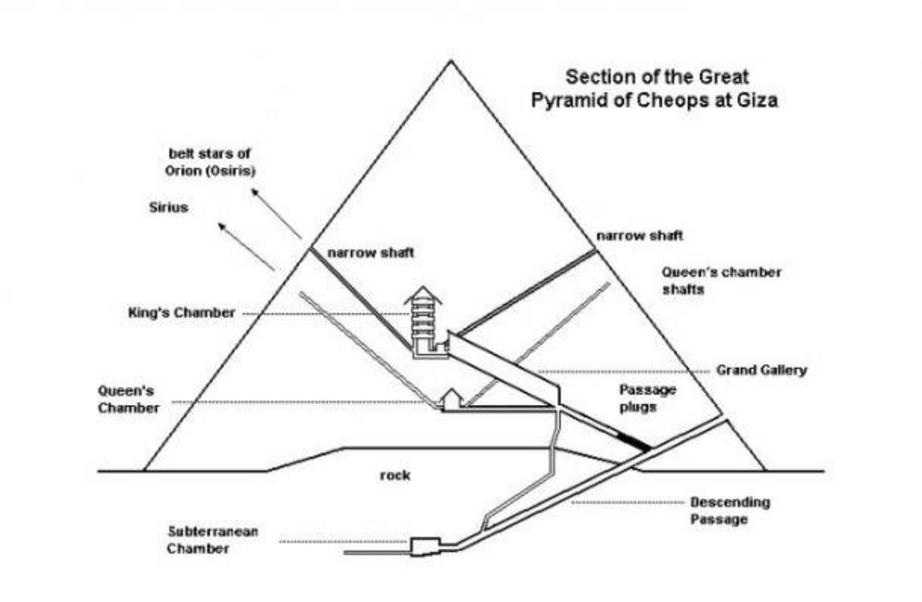
Great Pyramid of Giza plan. (Author provided)
Subterranean Chamber
The function of the subterranean chamber was to split water molecules into oxygen and hydrogen gas. For that you need to have water, terminals, and voltage. Hydrogen would accumulate around one voltage terminal (cathode) and oxygen would be around the other terminal (anode), but only hydrogen is needed for light, so oxygen needs to be rejected from the system. The front view of the subterranean chamber shows two hills made of limestone - those are two necessary terminals.
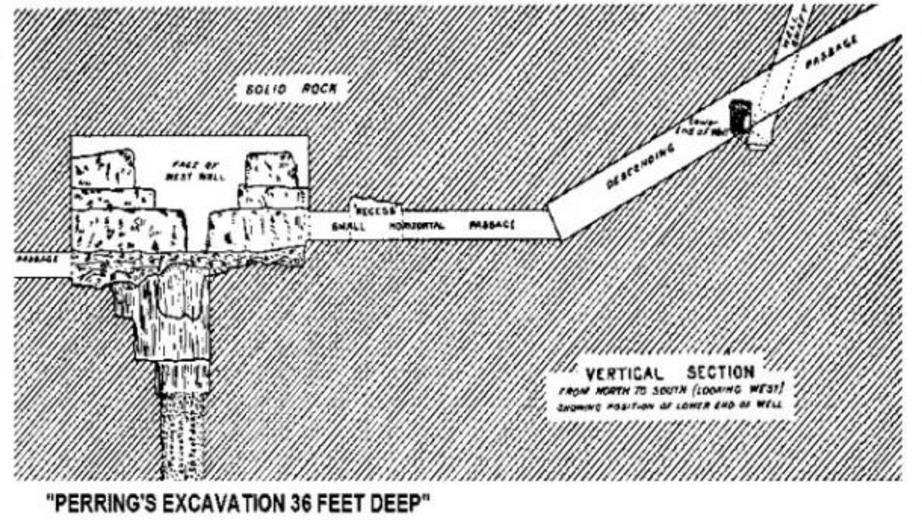
Front view of the subterranean chamber. (Author provided)
The top view of the chamber shows some similarities between the terminals: the two terminal bases are about the same size and the division between the two plateaus is exactly centered. All this points to intelligent design of the subterranean chamber. You can also notice some differences which are intentional.
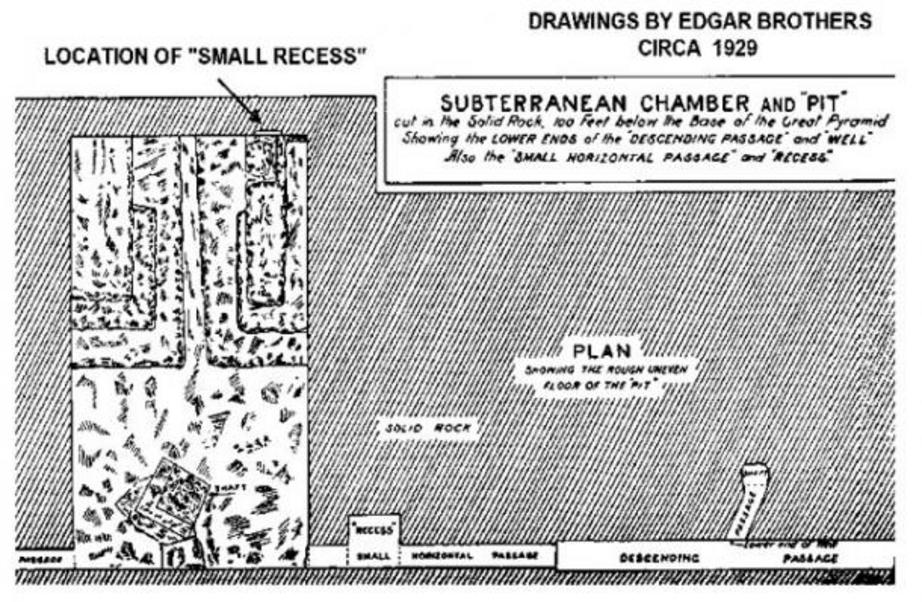
Top view of the subterranean chamber. (Author provided)
Note that the terminal on the left has a wider area compared to the terminal on the right. This means more electrons would pass through the terminal on the left side than right terminal. This would cause a voltage potential in which negative is on the right side, with the hydrogen gas accumulating there, and oxygen is on the left. Also, you can notice that the left and right shafts exiting the subterranean chamber are not leveled.
Hydrogen gas being lighter than the air, it would exit to the right and pass toward the ascending passage. Oxygen gas is heavier than air and would tend to concentrate at the bottom of the chamber. The granite block on the floor at the right shaft would prevent oxygen passing through. Some mixture would pass along, but it would not cause combustion. The gas built in the caves came out from the floor pit. This was not a steady process of gas and water slowly pouring out; it was a process of gas and water blasting out of the pit with high pressure.
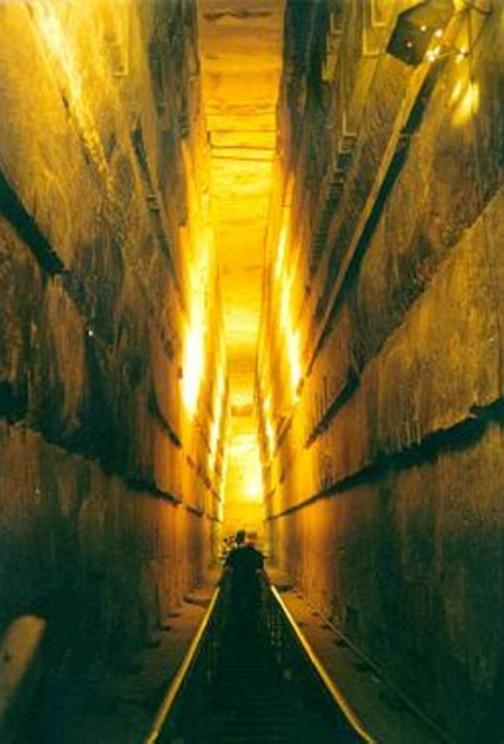
The Grand Gallery of the Great Pyramid.(Pprevos/ CC BY SA 3.0 )
The Queen’s Chamber
For the pyramid to create light, free electrons are needed, and hydrogen was used for that. To get electrons from hydrogen it can be pressurized, subjected to high voltage, or hit with EM radiation. All three processes were used in the pyramid. As the air pressure in the subterranean chamber increased, the hydrogen gas got pressurized in the Queen’s chamber - filling the southern and northern shafts. The shafts are blocked by Gantenbrinks doors, so it stayed there.
With pressure mounting, the temperature of the gas increased, and partial release of electrons took place. There are copper terminals in the doors to channel the EM radiation of stars into the system. Those align with the shafts. The alignment does not need to be perfect, just enough for X and gamma rays (which can pass through the blockage) to reach the copper. Then the ionization of hydrogen took place.
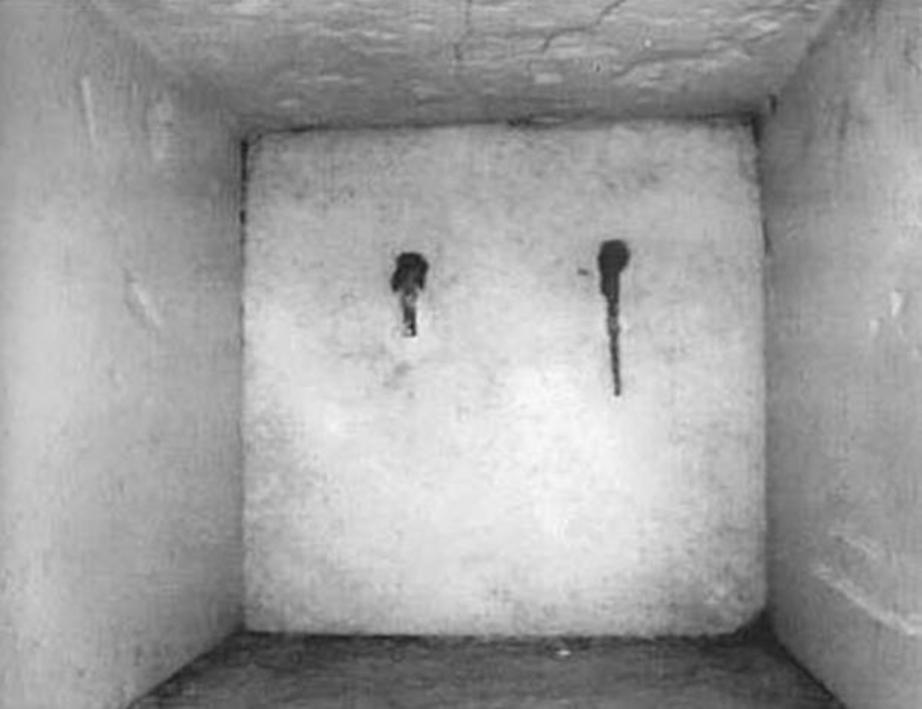
Gantenbrink’s Door. ( Image Source )
The King’s Chamber
The purpose of the King’s chamber was to collect all free electrons produced in the Queen’s chamber and push those toward the top of the pyramid. The granite beams in the King’s chamber are made of red granite, which has high crystal content when exposed to vibration and creates an electric field, pulling electrons from the Queens’ chamber toward the peak of the pyramid.
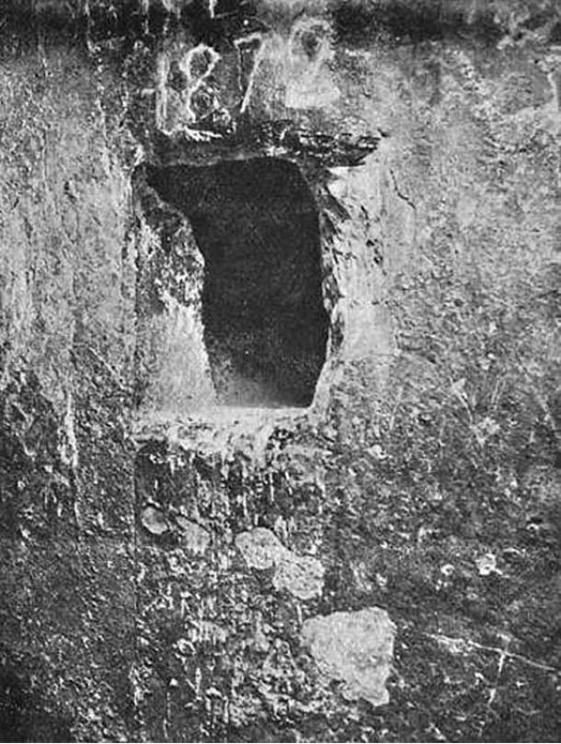
Opening to the King’s Chamber shaft. Morton Edgar, 1910. ( Public Domain )
Antechamber and Portcullis
The function of the portcullis in the antechamber was to control the hydrogen gas flow toward the King’s chamber and control pressure in the pyramid. Essentially, closing those would prevent the gas flowing out of the pyramid through the King’s chamber shafts. Controlling how much the portcullis closed, someone would also control pressure in the Queen’s chamber and how much light the pyramid would produce.
A Coffer in the King’s Chamber
The coffer in the King’s chamber is an important feature. What it was used for and why was it placed there are questions that still puzzle many scholars. The purpose of the coffer was to create high voltage in the King’s chamber to ionize the hydrogen and make that space conductive. Without a high voltage source in the chamber, the pyramid would not work. A device similar to the Baghdad battery could have been used. Or a device similar in construction to the Ark of the Covenant would also work.

Sarcophagus in the King's chamber. ( Brooklyn Museum )
For the rest of this article please go to source link below.

